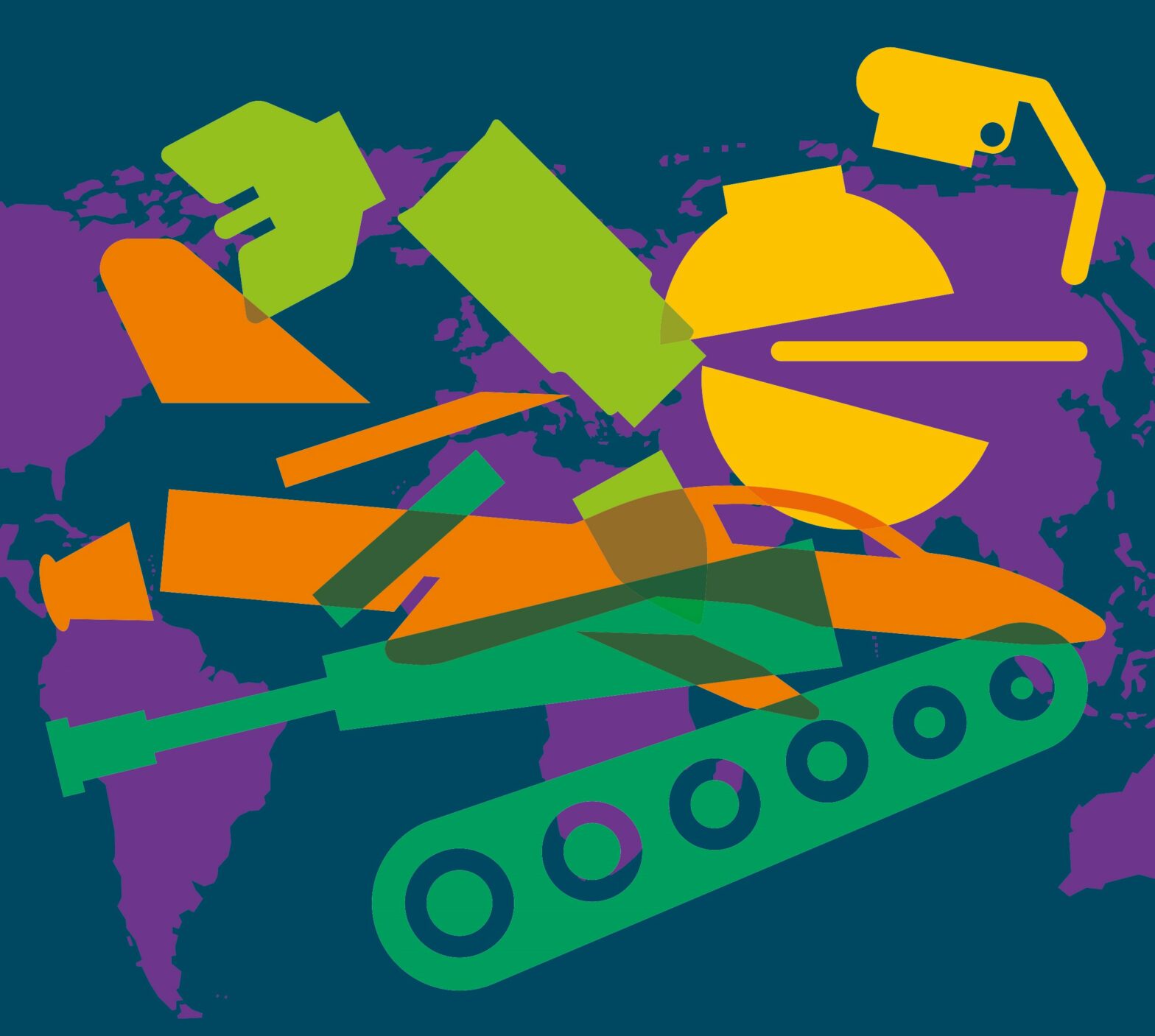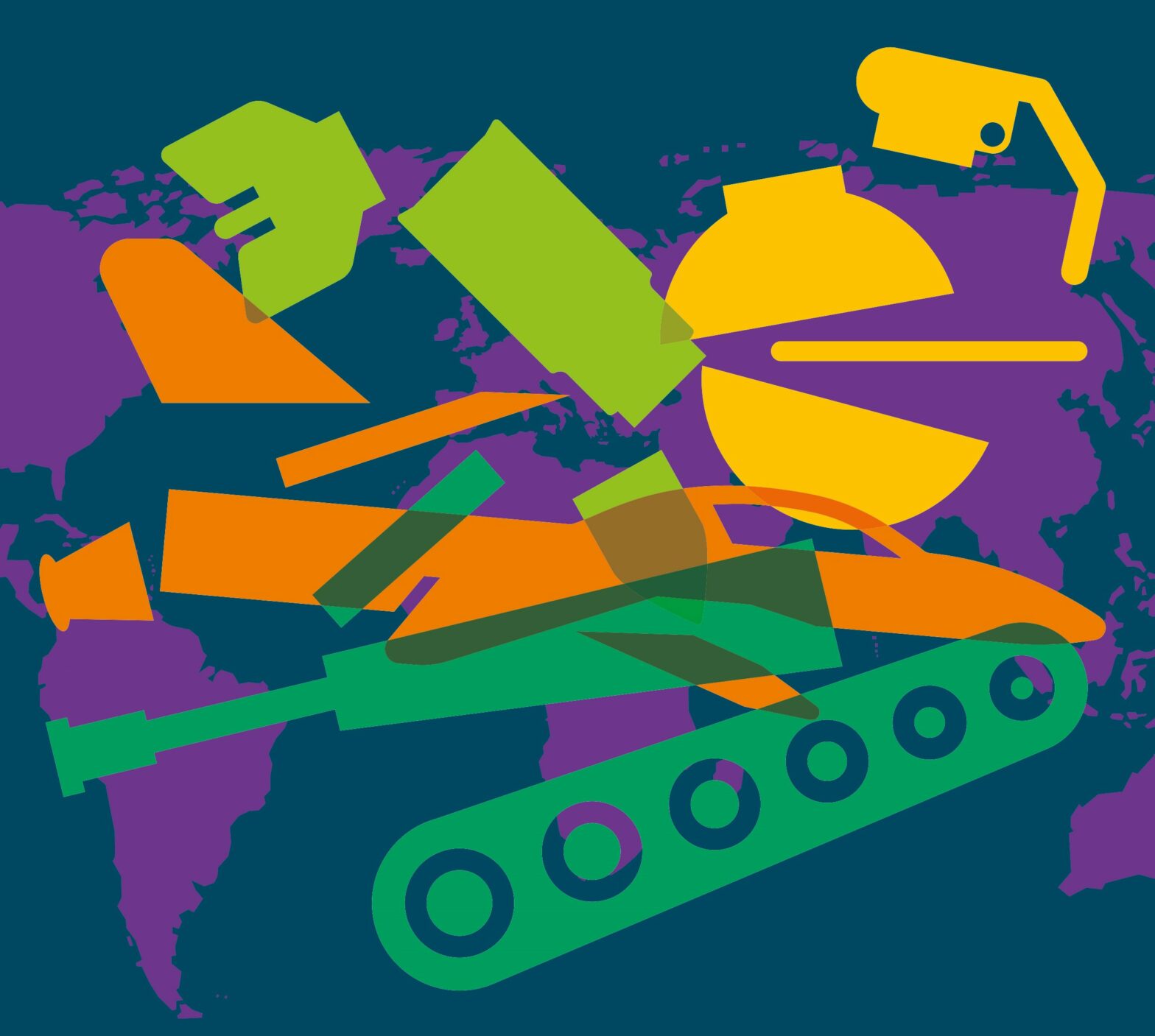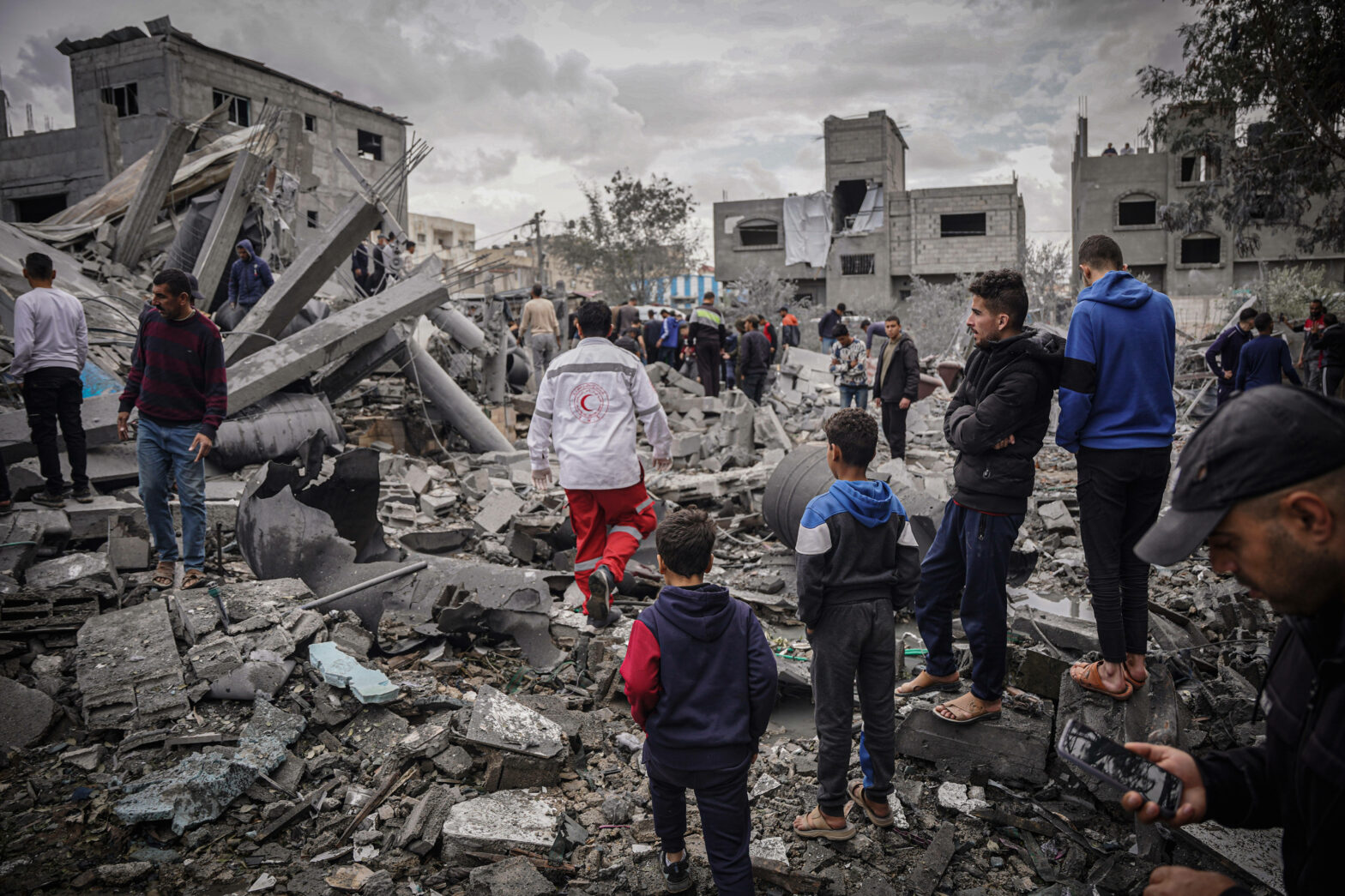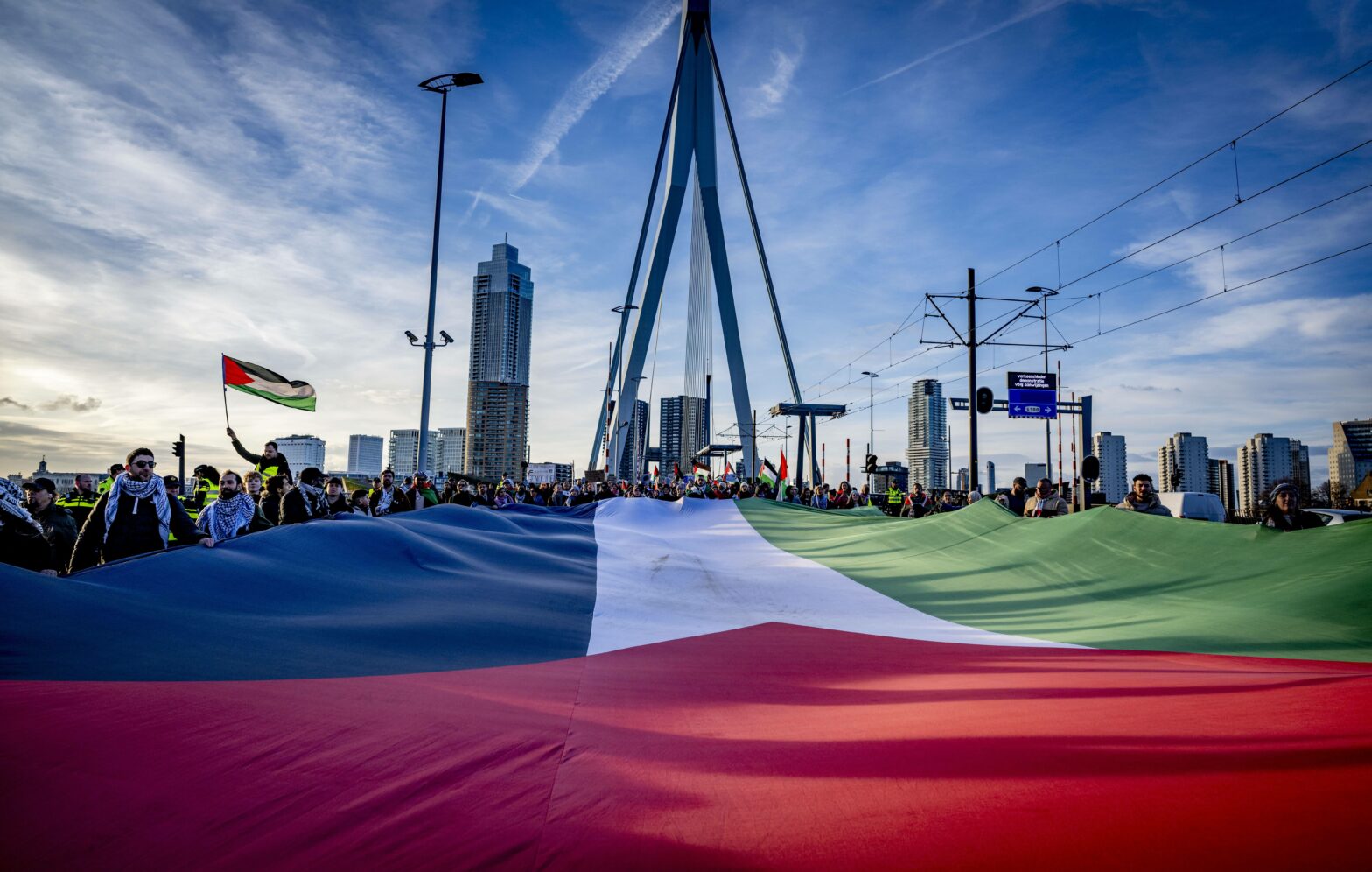Share Twitter Facebook Email Copy URL
Women have been systematically excluded from political leadership and peace processes throughout history. Despite decades of policy on the subject, this exclusion continues, as does the neglect of gender considerations in peace processes. Why is that and what can be done to change it?
Two decades have passed since Resolution 1325 on women, peace, and security (WPS) was adopted by the UN Security Council. The resolution, which formalized the women, peace and security (WPS) agenda, recognises that women are essential to international peace and security. It addresses the impact of war on women and stresses the importance of their equal participation and full involvement in peace processes and political decision-making.
At the beginning of a new millennium, UN member states were finally recognising the need to increase the participation of women in peace processes and political-decision making; involve women in the implementation of peace agreements, and ensure the protection of and respect for the human rights of women and girls. So what has happened since then? In short: the road from policy development in the Security Council to implementation has been long and slow. In many contexts, women still play a temporary and often symbolic role without actual possibilities to influence. In other words, there remain significant gaps between this normative advancement and concrete results for women and girls. Lack of political will, accountability, and resources, as well as institutional and attitudinal barriers have been identified as the main causes for this gap.
Working as a think and do tank in the peace and security field, we propose an overall analysis of the system that explains why, in 2021, women are still excluded from peace processes. Based on our experience within evidence-based support in peace processes, we propose that the system is broken and adding women to a broken system is simply not going to work.
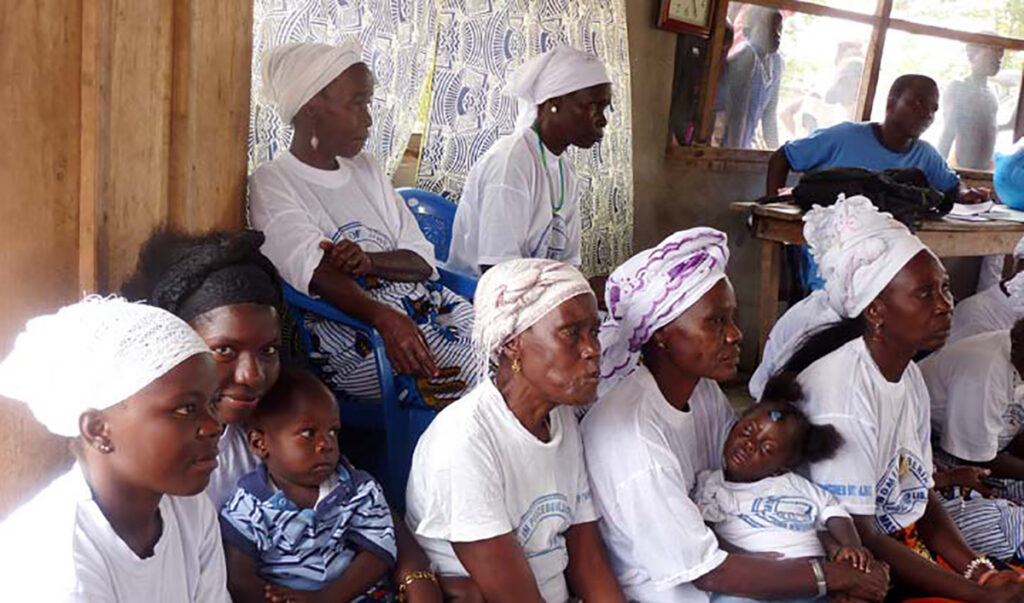
In our view, two major political and operational challenges make women’s meaningful participation and influence in peace processes one of the most stubbornly resistant areas of women, peace and security. First, the political environment in which women’s participation takes place in today’s formal peace processes is still stuck in a linear sequenced model of peacemaking and mediation from the 1990s. This model is based on the assumption that peace processes involve two conflict parties, one mediator and phases of pre-negotiations, negotiations, and implementation. Such an approach does not apply a sustaining peace lens to create pathways to inclusive societies. Inclusion of women is then often applied in the form of cosmetic add-ons to an ongoing exclusionary process. Second, women’s inclusion is often characterised by an approach that focuses only on technical training, while strategic and transformative empowerment and capacity building for creating influence for meaningful participation is missing. This is contrary to both normative commitments on women’s right to participate, and to evidence that supports the need for women’s inclusion to achieve meaningful outcomes for women’s representation. Another key obstacle is that women’s inclusion often takes place in a separate women-specific track that is not integrated in key decision-making processes.
“Women’s inclusion has often been characterised by prioritising separate, women-specific tracks, advisory bodies, technical committees or consultations over the direct inclusion of women at the negotiation table or in key implementing bodies.”[1]
One example of this failed approach to women’s inclusion is found in the Syrian peace process. In the violent aftermath of the 2011 uprising in Syria, the UN has been a focal point for peace efforts in the country. The UN’s approach has been the traditional, linear approach: focusing on elite peace talks, facilitated by a Special Envoy of the UN Secretary-General. In an effort to broaden the perspectives in these talks, then UN Special Envoy for Syria, Staffan De Mistura, launched the Women’s Advisory Board (WAB) in 2017. Comprised of twelve Syrian women from across the political spectrum, their role was to advise the UN Envoy, primarily in the efforts to negotiate a Track I peace deal.
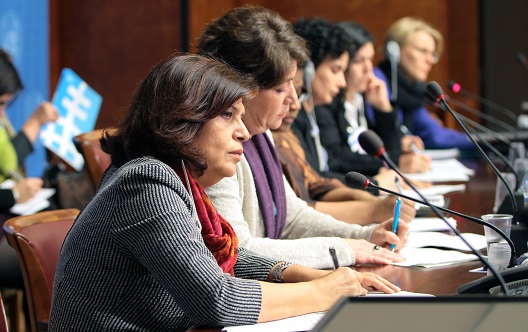
However, as the high-level talks continued to be postponed, members of the WAB increasingly began being flown around the world – to be part of trainings and conferences, rather than being part of the rare occasions of political negotiations. WAB members grew increasingly frustrated by both this sidelining, and by the criticism they began to receive, including on social media questioning how representative the group actually was. At the same time, the WAB increasingly became a primary focus for the UN and the donor community to support women in the Syrian peace process. The concept of the WAB – a dedicated space for women to strategize together, to find creative solutions across divides – is generally a constructive mode. The challenge is that the pattern of this approach is that this becomes the primary or only support to women’s engagement in a peace process.
“Rather than a meaningful widening of the peace process to include a greater array of actors, or an attempt to introduce a parallel process truly led and guided by Syrian women, the WAB developed into a mere ‘tick-box approach’, a cosmetic attempt to respond to the disappointments of the Geneva Peace Process.” Indeed, “[r]ather than being viewed, and treated, as a truly parallel path through which possibilities for peace could be explored, the WAB constituted a mere ‘add-on’ to an otherwise malfunctioning system.“[1]
Pressure by the WAB, Syrian women and the international community has led to a 30% representation of women in the Syrian Constitutional Committee that started working in September 2019 as a means to revitalize the stalled Geneva process. However, this achievement cannot compensate for a peace process that is still non-existing as it is neither built on Syrian realities nor international realities related to the country.
This is just one example of many showing that the traditional approach of inviting key armed actors to the negotiation table and adding women to the mix no longer works. Official peace negotiations in Syria, Yemen, Libya, Afghanistan, Cyprus are stalled, or essentially not working. The objective cannot be to just add more women to a system that doesn’t work. We as a community need to focus instead on fundamentally rethinking our approach to peace, recognising the entire ecosystem in which these processes develop, and recognising that these processes do not end with a signed agreement.
One way of adapting this new approach is to learn from past strategies used to increase women’s representation and from there creatively adapt to other contexts. This way it becomes clearer which concrete options exists to increase women’s representation and influence. For example, women’s representation can be achieved with a gender or inclusion quota – from negotiation delegations to consultative bodies or implementation bodies and constitutional commissions. This was for example the case in Yemen in 2011-2015, where women achieved a 30 percent quota in the draft constitution. Women’s representation and influence might also be achieved by gender mainstreaming all outcome documents of a ceasefire or peace deal. This was the case in Colombian peace process where a Gender Commission both reviewed documents to ensure a gender lens, and provided an avenue for women’s voices to be heard. Women’s influence over a peace process needs multiple strategies, ranging from discrete lobbying to presenting targeted proposals to mass action or campaigns.
In short, we should stop trying to add women to broken processes, and instead change our approach to building peace altogether. This approach is built on the belief that peacebuilding is a perpetual process that all societies need to actively engage in to thrive. This approach also entails taking as a premise that peacebuilding, in response to violence, must be viewed as entailing continuous negotiations, and re-negotiations, of the social and political contract of a society with pathways to peace marked by opportunities, setbacks, catalysts, friction and resistance. By acknowledging that the reality of peacebuilding is non-linear and complex – and that we certainly cannot just add women to the mix, stir and hope for the best – we take the first step towards a critical rethinking of the very topic of “women’s roles in peace processes”.
[1] Paffenholz, Thania 2021: Paffenholz, Thania 2021: Perpetual peacebuilding: a new paradigm to move beyond the linearity of liberal peacebuilding. Published May 2021 in Journal of Peacebuilding and Statebuilding.
Thania Paffenholz is the Executive Director at Inclusive Peace. She has 30 years of experience as both an academic and a policy/practice advisor. She is internationally renowned for her work on and in support of peace and political transition processes worldwide, focusing on mediation and peacebuilding, process design, inclusion, and participation, as well as the conditions under which peace processes produce sustainable outcomes.
